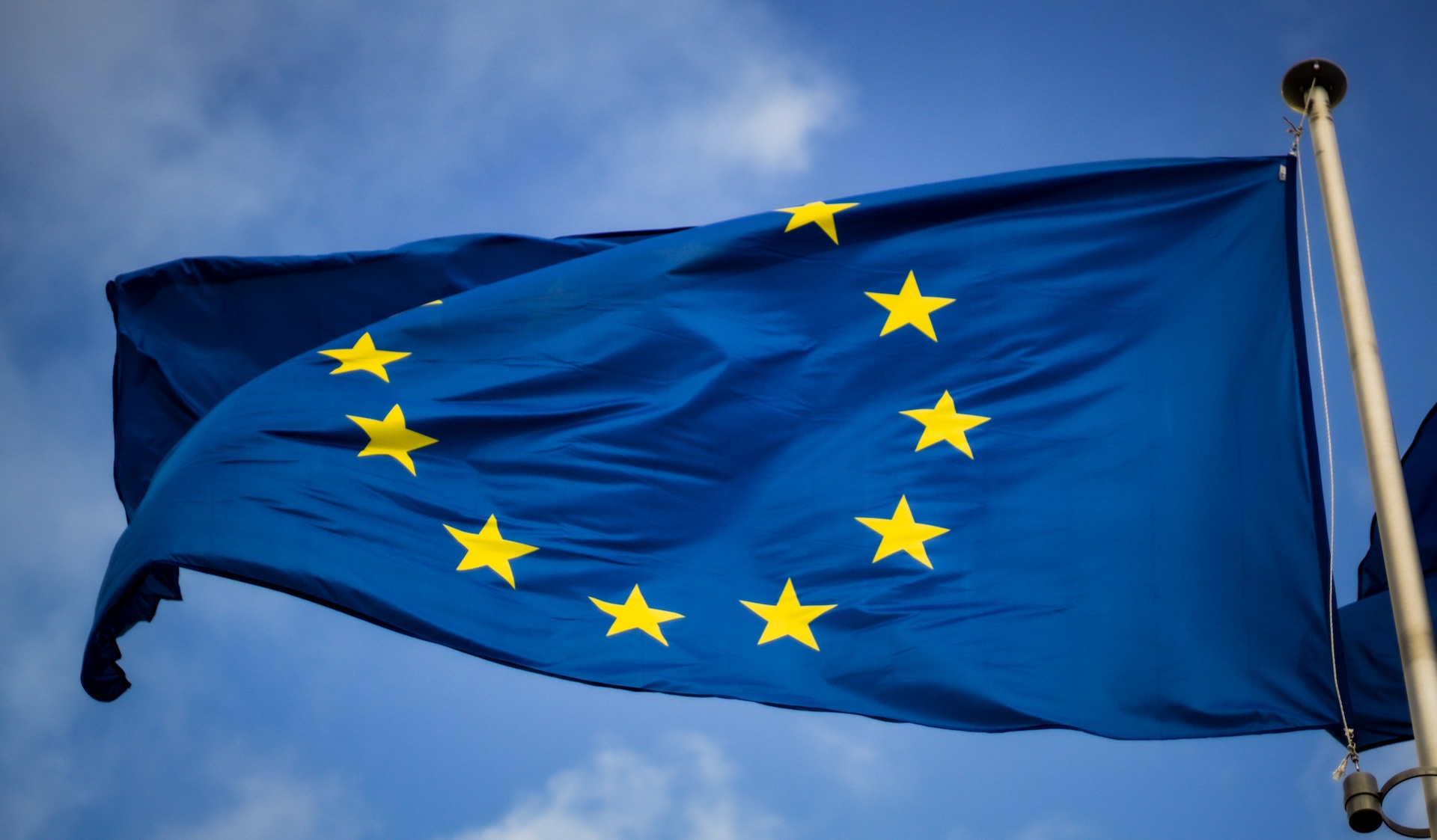While command economies are frequently linked with inefficiency and a lack of innovation, they can also offer stability and predictability, access to resources, government support, and protected markets for enterprises operating within them. Businesses can thrive in command economies when given the necessary backing and conditions, as seen by the success of companies like Huawei and Gazprom, which took advantage of these advantages to succeed in their respective industries. To be successful in the long run, firms must carefully negotiate the special opportunities and challenges offered by various economic systems.
Benefits of Command Economies for Businesses
- Stability and predictability: Due to the government's control over economic activity, firms may have a higher level of stability and predictability under a command economy. This can aid in risk management and better operational planning for businesses. For instance, the government's long-term economic initiatives have benefited firms in China, a mixed economy with certain aspects of central planning, by fostering a stable environment for growth.
- Access to resources: In a command economy, the government frequently has direct control over the distribution of resources, such as labor and raw materials. This can give companies access to essential resources at consistent costs, minimizing the effects of market swings. For instance, firms in the former Soviet Union had access to enormous natural resource reserves at rates that were regulated by the government.
- Government support: In command economies, critical industries or sectors frequently receive active government backing. As a result, enterprises may receive preferential treatment to expand and meet national economic goals, such as subsidies, tax exemptions, or low-interest loans. Examples of this are the rapid expansion of businesses like Huawei and BYD as a result of China's backing for its technology and renewable energy sectors.
- Protected markets: In a command economy, the government may impose tariffs, import quotas, or other protectionist measures to limit foreign competition. This may offer domestic companies a sheltered market, enabling them to flourish and create a significant presence without being fully exposed to global competition. For instance, protectionist regulations have enabled homegrown firms like Tata Motors and Mahindra & Mahindra develop their goods and increase their market share, benefiting the Indian automotive industry.
Real-World Examples
- Gazprom: Gazprom is an illustration of a corporation that has prospered in a command economy. Gazprom is a state-owned natural gas company in Russia. The business has profited from government assistance and its dominant position in the Russian gas market, which has helped it grow into one of the biggest natural gas producers in the world.
- Huawei: The Chinese technological behemoth has experienced remarkable growth in recent years, in part as a result of the government's strong backing and shielding against outside rivalry. Huawei has established itself as a world leader in consumer electronics and telecommunications gear, demonstrating the possibility for companies to thrive in a command economy setting.
Related Information
December 26, 2022

December 17, 2022

August 19, 2022

October 1, 2021

May 5, 2021

March 25, 2021

December 7, 2020

November 23, 2020

November 11, 2020

September 21, 2020

March 7, 2019

January 11, 2019


